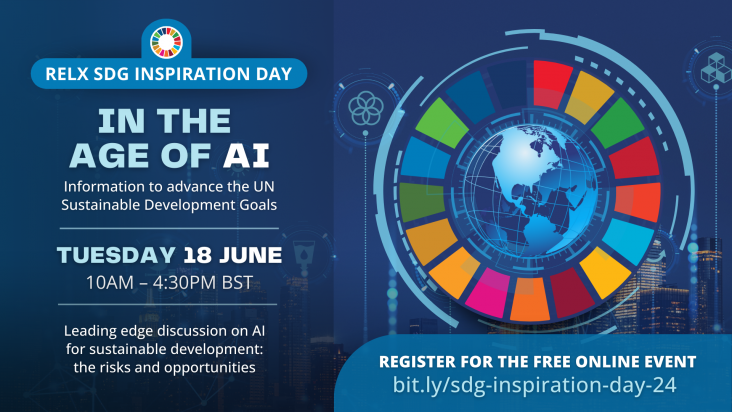The research questions explore the recent progress and technological advancements in Wireless Power Transfer (WPT), the reflection of global engagement within the WPT community through publication trends and geographical distribution, and the alignment of thematic clusters with SDG goals. Questions also investigate the contribution of AI to WPT, challenges and barriers to WPT adoption revealed by bibliometric analysis, ways WPT technology can democratize technology access in marginalized regions, and specific recommendations to ensure WPT technologies effectively accelerate progress towards achieving a broader set of SDGs.
This article supports SDGs 13, 15 and SDG 11 by exploring the utilization of soil microbe based desertification management practices and highlighting emerging technologies in the field. It discusses the policy implications and strategies that can support sustainable land use practices.

RELX SDG Inspiration Day 2024: Leading edge discussion on AI for sustainable development: the risks and opportunities
The tenth RELX SDG Inspiration Day - a free, online event for thought leaders, corporate representatives, students, investors, government and NGOs to explore issues, gain practical insights and be inspired to take action in support of the UN Sustainable Development Goals.

AI holds tremendous potential for advancing the United Nations Sustainable Development Goals (SDGs). AI, particularly generative AI, provides new opportunities to analyse data and trends at pace a

World Intellectual Property Day, observed each year on 26th April, is an opportunity to celebrate the contributions made by inventors and creators around the world and to explore how IP contributes

The most significant threat to environmental components is the alarming increase of micro- and nano- plastics (MNPs) within the ecosystem. Among the several remediation techniques available to date, microbial remediation showed better promise to degrade or sustainably remove MNPs from the environment. Microorganisms have evolved genes that impact changes in plastic pollutants under stable ecophysiological processes that depend on biotic and abiotic elements.

The use of integrated production systems is widespread, mainly in tropical areas. This practice could contribute to soil conservation, increasing biodiversity and environmental services while reducing greenhouse gases emissions.
The paper demonstrates that coastal ecosystem restoration leads to increased abundance and diversity of animals, comparable to natural reference sites, underscoring its importance in mitigating biodiversity loss and environmental degradation.
Amphibian rewilding initiatives may provide early indications of ecological health and better contribute to conservation goals, by simultaneously protecting highly endangered species, and promoting ecological stability in these species ecosystems. Authors recommend the rapid (re)introduction of this “forgotten” taxon via the guidelines of trophic rewilding.
Conservation translocations have become popular and important conservation tools and this paper reviews the recent studies concerning animal translocation redefining the field to translocation science to embrace sociopolitical factors.
